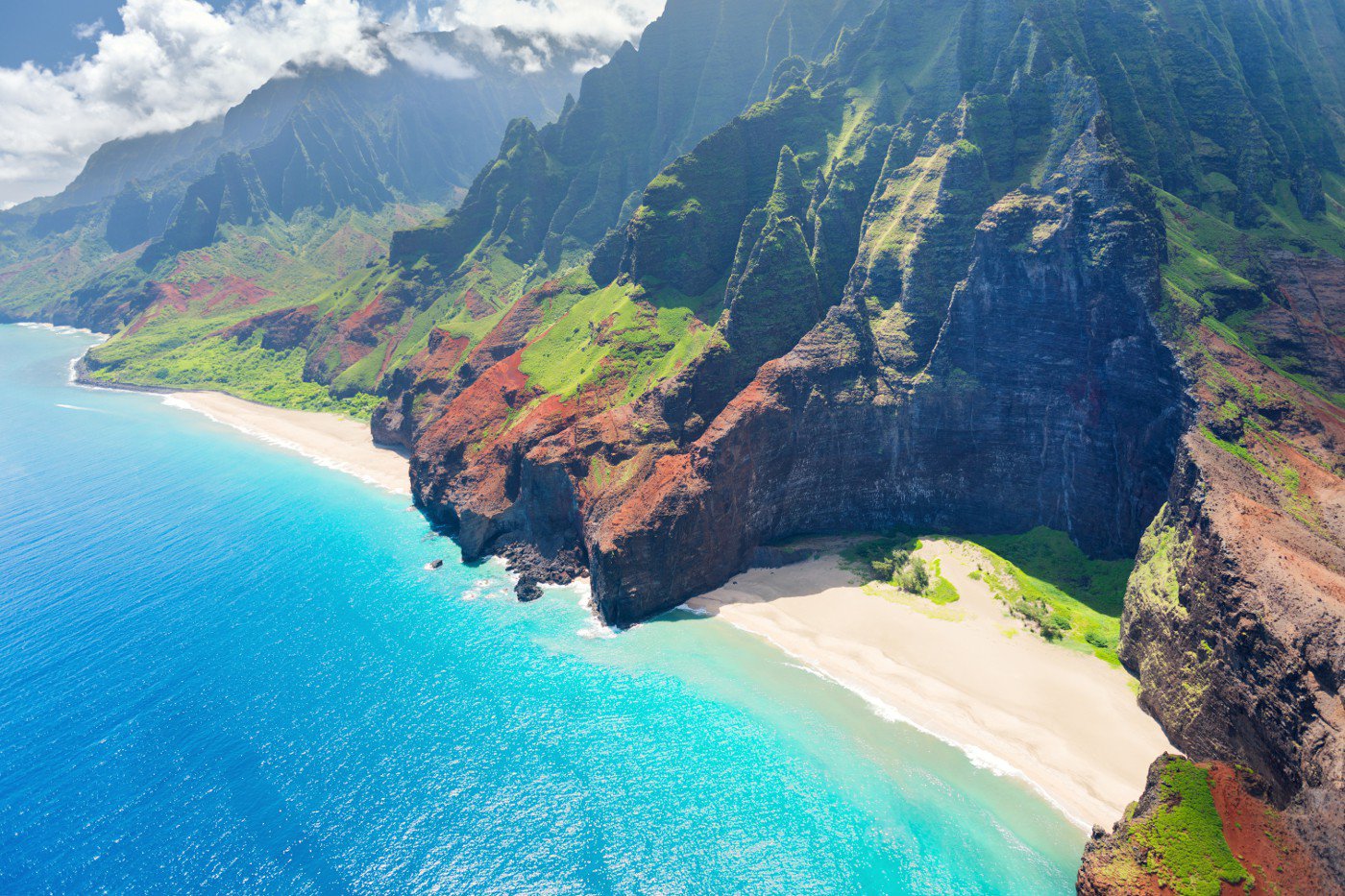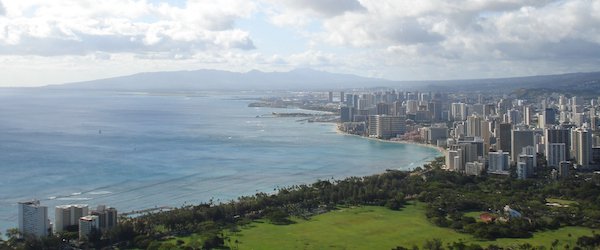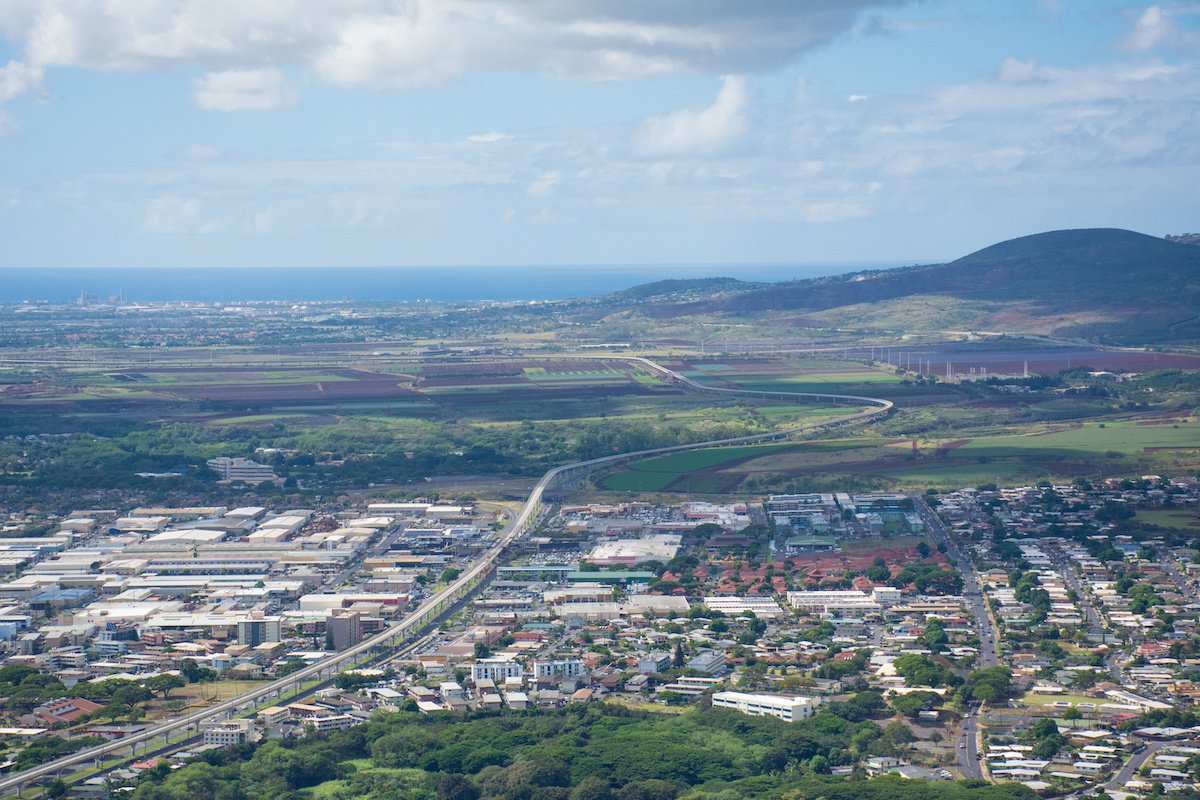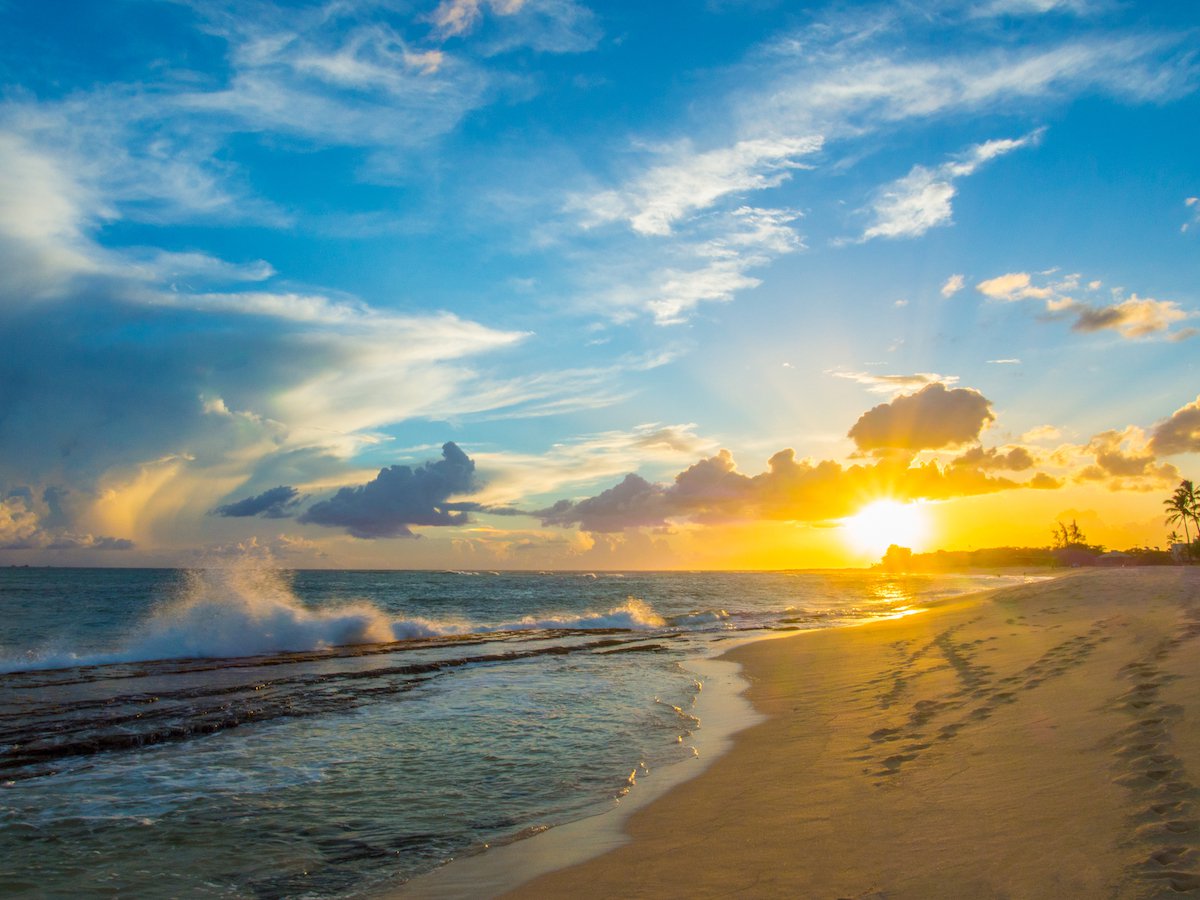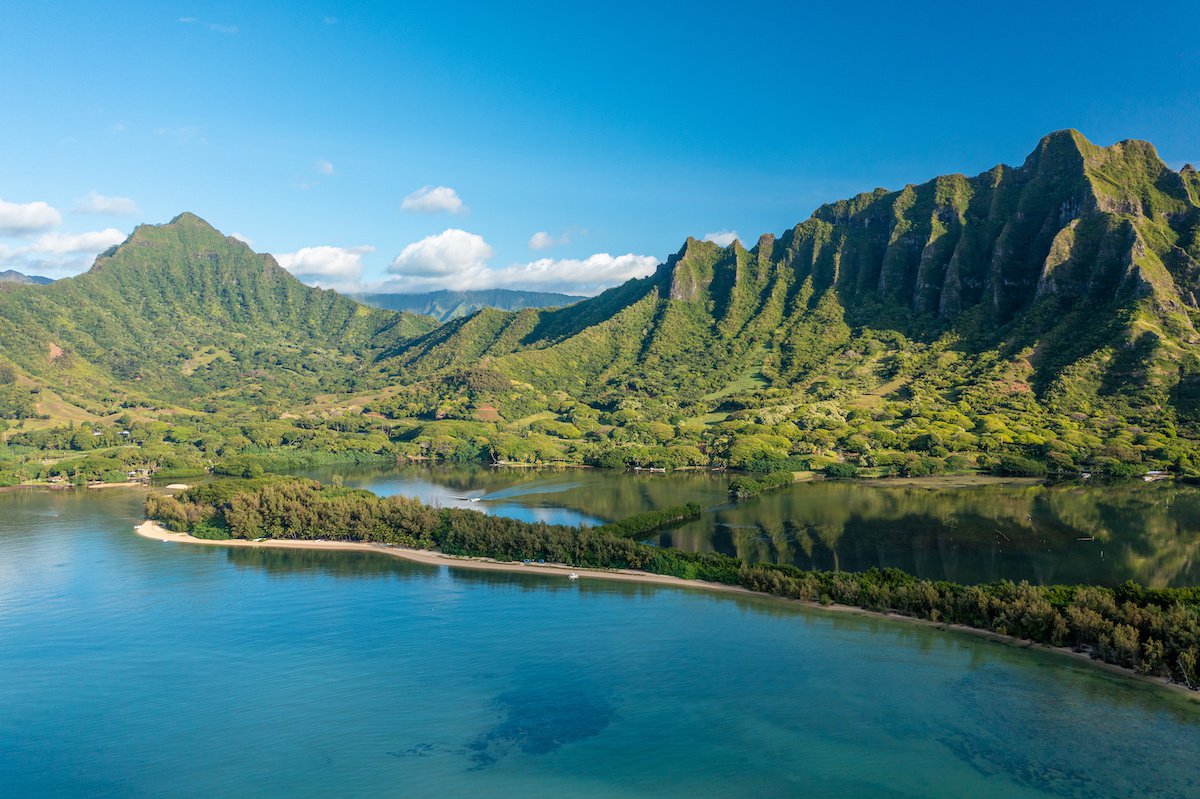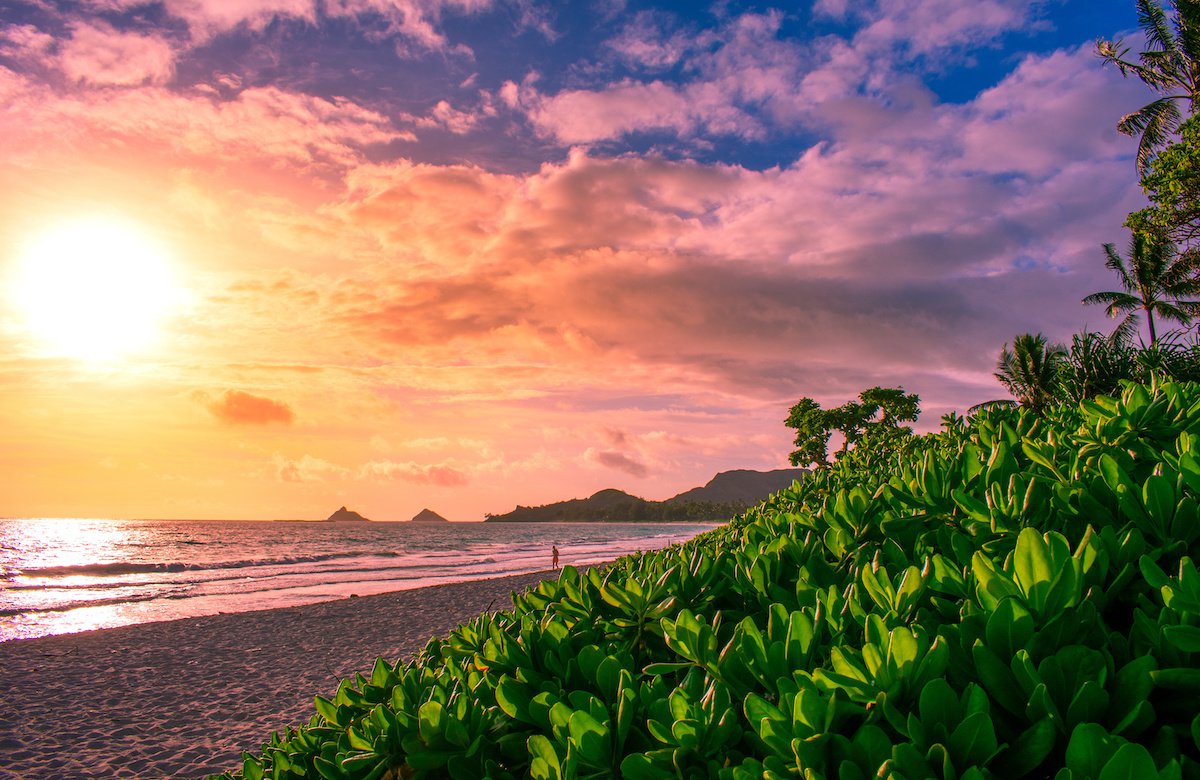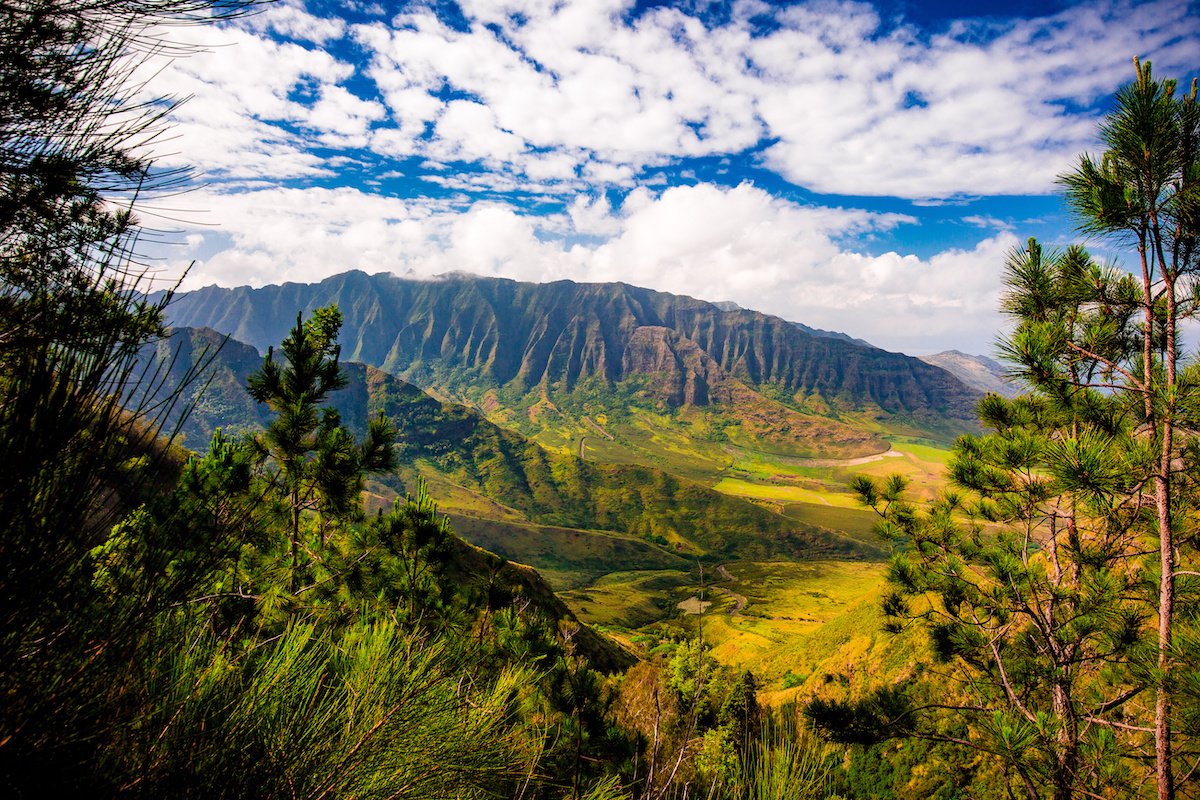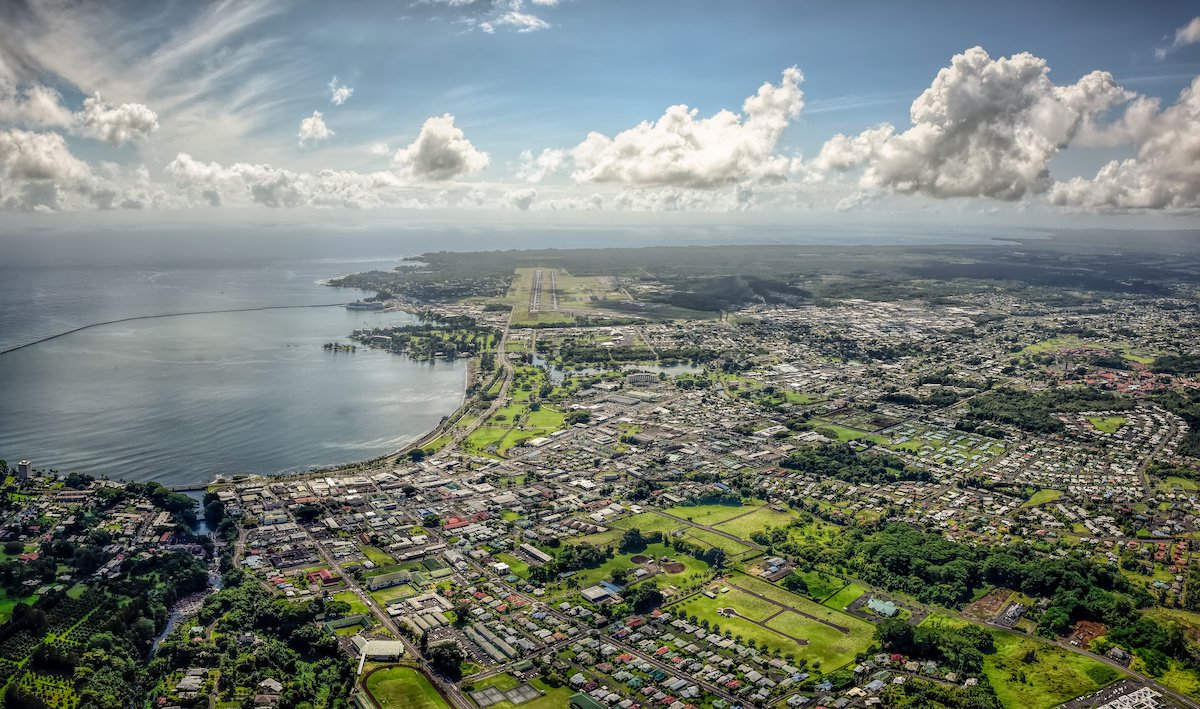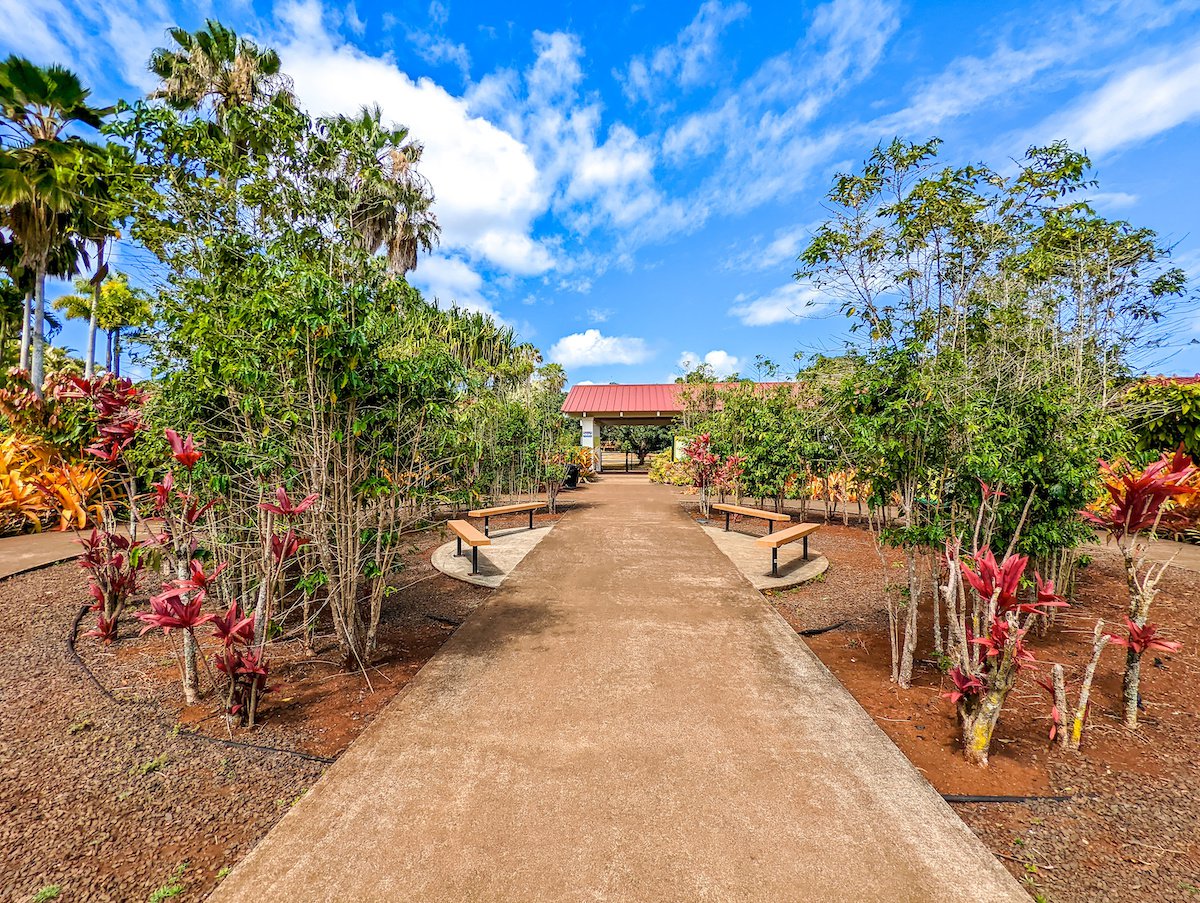Explore Hawaii's Thriving Nursing Job Market: Unmatched Opportunities, Competitive Salaries, and a Lifestyle Rich in Culture and Community
Hawaii is a vibrant tapestry of natural beauty, diverse cultures, and an ever-growing nursing job market that reflects the unique qualities of our islands. As a local nurse, I experience firsthand the multifaceted layers of healthcare we provide, from the stunning landscapes of Maui to the bustling streets of Honolulu. The mean annual salary for registered nurses in Hawaii stands at an impressive $91,050, with a mean hourly wage of about $43.75, according to the U.S. Bureau of Labor Statistics. In contrast, the national averages are around $77,600 annually and $37.31 per hour, highlighting not only the lucrative opportunities available to nurses here but also the cost of living we navigate. Our local lifestyle harmonizes with our profession; beaches and mountains are just moments away from our healthcare facilities, and the aloha spirit permeates interactions across the spectrum of care. As I walk through our towns, I appreciate how dear our healthcare roles are to fostering community bonds and enhancing public health in paradise.
The nursing job market in Hawaii, much like the tones of our sunsets, is diverse and expanding. Currently, there are about 20,000 registered nurses practicing in the state, with projected job growth estimated at around 9% over the next decade. The demand for travel nurses draws professionals seeking both adventure and employment. Each winter, as the tourist season peaks, the demand for short-term assignments surges, making Hawaii an attractive hotspot for traveling healthcare providers. Adding to this, the per diem nursing sector is also robust, with facilities often turning to flexible staffing solutions to manage seasonal fluctuations in patient volume. Major employers such as Hawaii Pacific Health and The Queen’s Health Systems, alongside numerous community clinics, stand ready to hire creative nursing talents. When comparing our market to the national landscape, it’s evident we have unique opportunities, not only in terms of salary but also quality of life and job satisfaction, which often leads nurses to stay for years, if not decades.
As I explore the healthcare landscape, I see a wealth of facilities catering to a range of specialties across the islands. From rural health clinics to bustling urban hospitals, our infrastructure aims to provide comprehensive care and reflect the demographic trends of our growing population of over 1.4 million residents. Recent investments in technology and wellness programs further bolster our healthcare offerings, while initiatives aiming to bridge gaps in care for underserved communities enhance our societal impact. The closeness of our healthcare system reflects our way of life, where compassion and community are intertwined. As this field continues to evolve, it attracts not just local nurses but also those from across the globe. I encourage anyone interested in exploring nursing opportunities in Hawaii to sign up for NurseRecruiter, not only to find job matches but also to connect with our unique culture and community. Employers can also utilize NurseRecruiter to post their vacancies, making it easier for them to find the dedicated professionals who can make a real impact in Hawaii's vibrant healthcare landscape.
